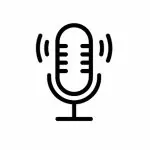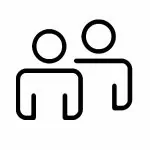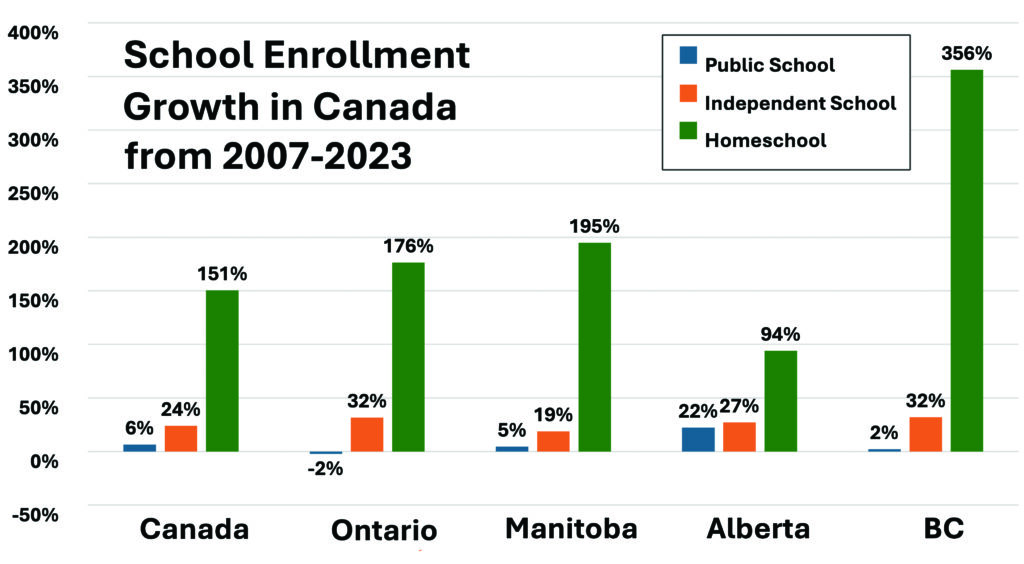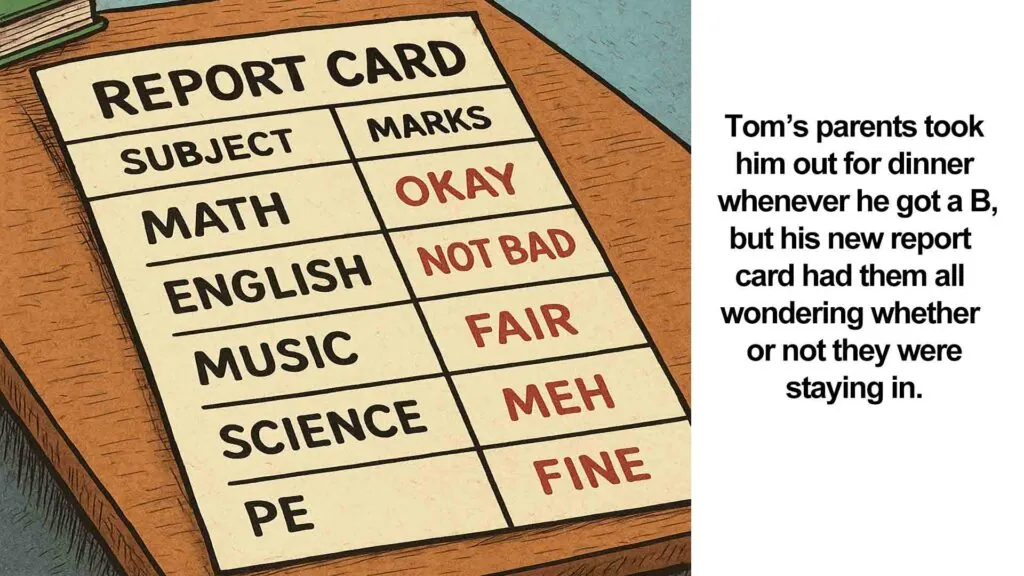“The public school has become a counter-church. It is a powerful institution for the purpose of squeezing out of our children the worldview of the Bible and saturating them with the worldview of Pelagius, Rousseau, or whoever. The school where the Bible is banned has become a weapon of defense as well as of offense for the spirit that resists God’s Word against the spirit that embraces that Word.”
Those are the words of Abraham Kuyper over a hundred years ago as he discussed the “schools question” in the Netherlands. His concern over the state of public education was the main catalyst behind his concept of sphere sovereignty. Rather than schools being controlled by the government (or even the church), he envisioned an educational system where schools were truly independent.
While Kuyper’s philosophy of education took hold in the Netherlands, the idea of independent schools – and homeschooling – took far longer to take hold in Canada. But one positive social trend in Canada today is the growth of homeschooling and independent schools over the past fifteen years. The “School Enrollment Growth in Canada from 2007-2023” graph charts these changes based on data from Statistics Canada for Canada as a whole and the four provinces in which most Reformed Christians in Canada live.
Note the stagnation of the public school system – what Kuyper labeled the counter-church – and the growth of alternative forms of education. Over the last fifteen years, enrollment in the public school system increased by only 6% across Canada. It even declined slightly (-2%) in Ontario. The significant increase in Alberta is mostly due to the rapid growth of Alberta’s school age population.
The growth of independent schools
Independent schools, on the other hand, experienced four times the growth that public schools did across Canada. British Columbia and Ontario experienced the largest increases at 32%.
The trend toward independent schools is accelerating. Not only are independent schools growing, they are growing faster and faster every year on average. For example, in the first three years of this data (2007-2011), the average annual growth rate of independent schools was only 0.2%. In the last three years of this data (2020-2023) the average annual growth rate was 1.3%. And altogether that does add up.
Some of this growth is due to existing independent schools getting bigger. Depending on where you live in Canada, perhaps you can see this growth firsthand in your local Reformed school.
But some of the growth is from brand new Christian schools. One example that has ties to Reformed churches is a new classical Christian school, Compass Community Learning Centre, in Langley and New Westminster, BC. This Christian school opened their doors a few years ago to provide Christian families with a thoroughly Christian education a little closer to home, in a more communal setting, and using a classic teaching pedagogy that focuses on grammar, logic, and rhetoric.
The growth of homeschooling
What stands out the most in the graph above is the growth in homeschooling over the past 15 years.
A lot of this growth is due to the impact of COVID, government restrictions on public schools, and the adaptation of independent schools in 2020. Prior to 2020, the number of homeschool students grew by an average of 6.3% per year, which was far more than the growth in independent schools (1.5%) and public schools (0.4%). But in the first full school year during COVID, the number of homeschooled students more than doubled, growing 107% in a single year. And while many (35%) of those students eventually returned to public or independent schools, by the end of the 2022-23 school year, many more students continued on the homeschooling track. In the coming years, we will see whether those students stay within the homeschooling track or also choose to go back to a more conventional form of schooling.
Why this growth is cause for gratitude
This growth in independent and home schools is a win for two reasons.
First, it is a win for the principle of parental involvement in education. Virtually every reference to teaching or raising children in Scripture describes parents – not professional teachers – as the educators of their children. For example, right after the second giving of the law, Moses commands:
“And these words that I command you today shall be on your heart. You shall teach them diligently to your children, and shall talk of them when you sit in your house, and when you walk by the way, and when you lie down, and when you rise” (Deut. 6:6-7).
Now, this doesn’t mean that only parents are allowed to teach their children. As humanity developed and specialized and as knowledge expanded and became more complex, parents needed help with their responsibility to educate their children, leading to the creation of schools. There, professional teachers do much of the actual work of educating children. But it shouldn’t be that parents hand off the education of their children to others and wash their hands of the matter. That responsibility ultimately remains with parents. (And there is a whole body of evidence that suggests that the more involved a parent is in the education of their child, the better that child will do at school.)
Public schools, however, have increasingly wrested this authority away from parents in all sorts of ways. The centralization of power in a provincial ministry of education limits the authority of local elected school boards. In much of eastern Canada, elected school boards have been eliminated entirely. Some public schools withhold information from parents about their children, such as if they are socially transitioning at school.
On the other hand, most independent schools strive to deeply involve parents in the education of their children. Many independent schools simply wouldn’t exist if it weren’t for the passion, time, money, and involvement of parents. And, of course, homeschooling is the most direct form of parents taking responsibility for the education of their children.
Every child that is removed from the public school system and attends an independent school or is homeschooled is a win for the idea that parents – not governments or even schools or teachers – are the primary players in education.
Second, the growth in independent schools and homeschooling is a win for Christian education. Public Catholic schools aside, public schools are secular schools. For example, the BC School Act requires that:
“All [public] schools and Provincial schools must be conducted on strictly secular and nonsectarian principles. The highest morality must be inculcated, but no religious dogma or creed is to be taught in a school or Provincial school.”
Teaching a Christian worldview or the Bible as truth simply is not possible in most public schools.
But it is possible to base education around a Christian worldview in independent schools and through homeschooling. Now, not every independent school is a Christian school. Not every homeschooling parent is a Christian parent. While the data on what percentage of independent schools and homeschooling students are Christian isn’t easily accessible, a 2016 Fraser Institute report found that 38.5% of all independent schools were Christian schools. They enrolled 37.1% of all independent school children. And yet, the existence of a wide variety of independent schools and homeschooling movements helps give Christian schools and Christian parents the freedom to educate their students and children in the fear of the LORD. The larger, the more diverse, and the more pluralistic the independent education and homeschooling sector is, the safer Christian schools are from the overreach of a post-Christian government.
And so, while there may be many disappointing developments in public schools across the country, one bright spot that we can thank God for is the growth of independent schools and homeschooling across our country.













